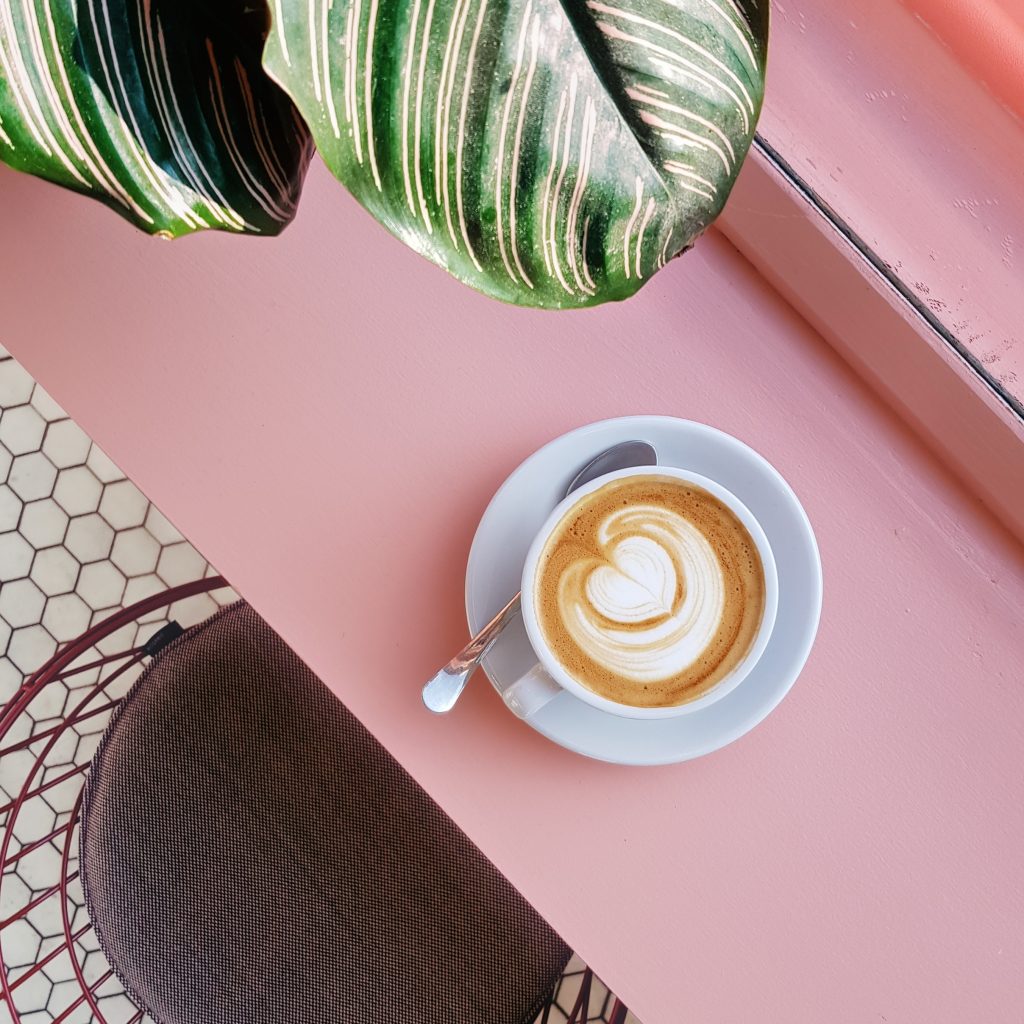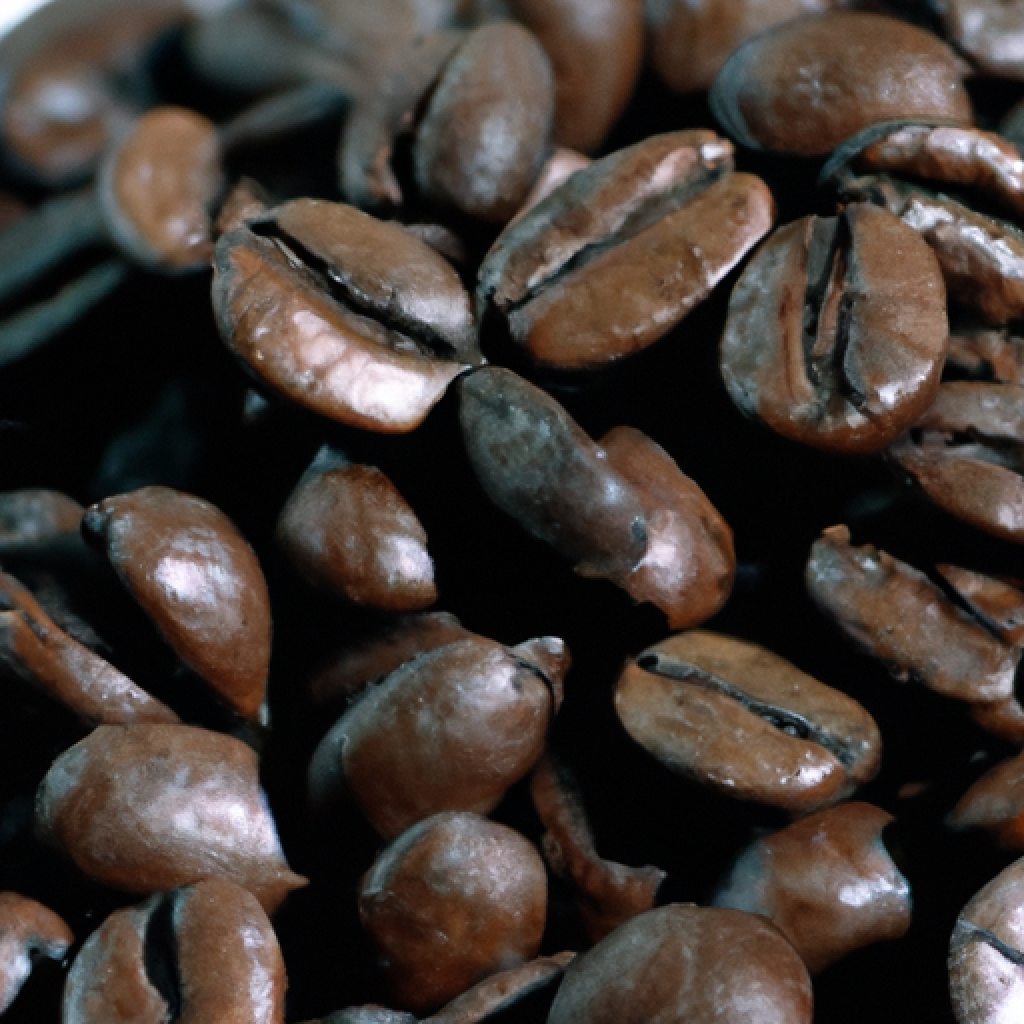Top 9 Key Factors in Best Coffee Beans for Espresso
In our guide to Top 9 key factors in best coffee beans for espresso, we explore what to consider when searching for the perfect coffee beans to elevate your espresso experience. From the origins and roast levels to the aroma and flavor profiles, we delve into the characteristics that make certain beans excel in producing a rich, velvety shot of espresso. Whether you prefer a well-balanced taste, creamy texture, or strong, bold flavors, this guide will equip you with the knowledge to make an informed decision and ensure that every cup of espresso you brew is a delightful indulgence for your senses.

Understanding best coffee beans for espresso
What is espresso?
Espresso is a concentrated and highly flavorful coffee beverage that is made by forcing hot water through finely ground coffee beans. Its strong and robust flavor, coupled with its velvety texture and rich crema, sets it apart from other coffee brewing methods. Espresso is the base for many popular coffee drinks, such as cappuccinos, lattes, and Americanos.
What makes a good espresso?
A good espresso is characterized by a harmonious balance of acidity, bitterness, and sweetness. It should have a full-bodied and rich flavor that is both vibrant and complex. The perfect espresso shot should also have a thick and creamy crema, which is a foamy layer on top of the coffee that enhances the overall sensory experience. Achieving a good espresso requires the right combination of high-quality beans, proper grind size and consistency, and skilled brewing techniques.
Types of Coffee Beans
Arabica Beans
Arabica beans are the most widely used and highly regarded beans for making espresso. They are known for their superior quality and complex flavors. Arabica beans have a smooth and mellow taste, with notes of fruit, citrus, and berries. They are also lower in caffeine compared to other coffee beans, making them a popular choice for those who prefer a less intense coffee experience. Arabica beans are typically grown at higher altitudes and are more susceptible to pests and diseases, requiring more care and attention during cultivation.
Robusta Beans
Robusta beans, as the name suggests, are a more robust and strong-flavored variety of coffee beans. They have a higher caffeine content and are often used in espresso blends to provide an extra kick of energy. Robusta beans have a more bitter and earthy taste profile, with notes of dark chocolate and nuts. While they are not as highly regarded as Arabica beans in terms of quality, they are valued for their affordability and versatility. Robusta beans also have a thicker consistency and produce a more substantial crema, which some espresso enthusiasts appreciate.
Best coffee beans for espresso and choosing the Right Roast
Light Roast
Light roast coffee beans are roasted for a shorter duration, resulting in a lighter color and a more subtle flavor profile. Light roasts tend to retain more of the bean’s natural acidity and brightness, making them ideal for those who enjoy a crisp and vibrant espresso. These beans often have floral or fruity notes, with a delicate sweetness. Light roast espresso is less intense and has a cleaner taste, allowing the nuances of the coffee to shine through.
Medium Roast
Medium roast coffee beans are roasted for a slightly longer time, giving them a medium brown color and a fuller body. This roast level strikes a balance between the acidity of light roasts and the richness of dark roasts. Medium roast espresso beans offer a more well-rounded flavor, with notes of chocolate, caramel, and nuts. The acidity is slightly more subdued, resulting in a smoother and more rounded taste. This roast level is popular among espresso lovers who prefer a balanced and versatile cup.
Dark Roast
Dark roast coffee beans are roasted for a longer duration, resulting in a dark brown or almost black color. These beans have a rich and bold flavor profile, with pronounced bitterness and a smoky aroma. Dark roast espresso beans tend to have a fuller body and exhibit flavors of chocolate, toasted nuts, and even hints of spice. The natural acidity of the beans is significantly reduced, resulting in a low-acidity and somewhat charred taste. Dark roast espresso is favored by those who appreciate a strong and intense coffee experience.
Single-Origin vs. Blend
Single-Origin Beans
Single-origin coffee beans come from a specific region or farm, allowing the unique characteristics of that particular origin to shine through in the cup. These beans offer a sense of terroir and showcase the distinct flavors and nuances of the soil, climate, and altitude. Single-origin espresso tends to have a more pronounced flavor profile, with specific tasting notes that reflect the origin of the beans. It allows coffee enthusiasts to explore the complexities of different coffee-growing regions and experience the diversity of flavors that each origin has to offer.
Blend Beans
Blend beans, as the name suggests, are a combination of different coffee beans from various origins. Blending allows coffee roasters to create a well-balanced and consistent flavor profile that meets their desired taste preferences. The different beans complement each other, resulting in a harmonious and complex espresso. Blends often combine beans with varying characteristics, such as fruity and bright beans with rich and chocolaty beans, to create a well-rounded and satisfying cup of espresso. This gives coffee lovers the opportunity to experience a balanced and consistent taste with each sip.

Flavor Profiles
Balanced and Bright
Balanced and bright espresso is characterized by a well-rounded and vibrant flavor profile. These espressos have a moderate acidity that adds a refreshing and lively sensation to each sip. The flavor notes are often fruity, with hints of citrus, berries, and even tropical fruits. The brightness of this type of espresso is balanced by a pleasant sweetness and a smooth body. The overall experience is clean, invigorating, and perfect for those who appreciate a lively and sophisticated cup of coffee.
Sweet and Fruity
Sweet and fruity espresso is known for its pronounced sweetness and the presence of fruity and floral notes. The flavor profile can range from delicate and tea-like to bold and tropical, depending on the specific beans and roast level. The sweetness is often reminiscent of caramel, brown sugar, or ripe fruits such as berries and stone fruits. This type of espresso is popular among those with a sweet tooth, as it offers a delectable and indulgent coffee experience.
Rich and Chocolatey
Rich and chocolatey espresso is designed to deliver a decadent and intense flavor profile. The espresso is characterized by deep and dark chocolate notes, often accompanied by hints of molasses, toasted nuts, and even spices such as cinnamon or clove. This type of espresso has a full body and a velvety mouthfeel, leaving a lingering taste of cocoa on the palate. It is the ideal choice for those who crave a luxurious and comforting coffee experience.
Grind Size and Consistency
Importance of grind size
Grind size plays a crucial role in espresso extraction and choosing best coffee beans for espresso. The size of the coffee particles directly impacts the rate at which water flows through the coffee bed during brewing. If the grind size is too fine, the water will struggle to pass through, resulting in over-extraction and a bitter taste. Conversely, if the grind size is too coarse, the water will flow too quickly and the flavor will be under-extracted, resulting in a weak and watery espresso. Achieving the correct grind size is essential for extracting the optimal flavor compounds from the coffee beans and creating a well-balanced and flavorful cup of espresso.
Choosing the right grind size
The optimal grind size for best coffee beans for espresso is fine and powdery, similar to granulated sugar. This fine grind allows for a slow and even extraction, ensuring that the water has sufficient contact with the coffee particles to extract the desirable flavors. Adjusting the grind size can also influence the extraction time and flow rate, allowing for greater control over the final taste of the espresso. It is recommended to invest in a high-quality burr grinder to achieve consistent and precise grind sizes. Experimentation and adjustments may be necessary to find the perfect grind size for each specific coffee bean and brewing equipment.

Freshness and Storage
Importance of freshness
Freshness is a key factor in brewing with the best coffee beans for espresso. Coffee beans are at their peak flavor within a few weeks after being roasted. As time passes, the beans start to lose their aromas and flavors, and the taste becomes dull and stale. To enjoy the full potential of the coffee beans, it is crucial to use them as close to the roast date as possible. Freshly roasted beans ensure that the flavors are vibrant and the aromas are enticing, resulting in a more enjoyable espresso experience.
Proper storage methods
To preserve the freshness and flavors of best coffee beans for espresso, it is important to store them properly. Coffee beans should be stored in an airtight container in a cool, dark, and dry place. Exposure to air, light, heat, and moisture can accelerate the staling process and lead to a deterioration in taste. It is best to avoid storing coffee beans in the refrigerator or freezer, as the moisture and odors can affect the quality of the beans. Instead, opt for a dedicated coffee storage container or a resealable bag with a one-way valve that allows the release of carbon dioxide without allowing oxygen to enter.
Sourcing and Roasting
Ethical sourcing
Ethical sourcing is a crucial consideration when choosing coffee beans for espresso. It ensures that the beans are sourced responsibly and sustainably, taking into account the social, environmental, and economic impact of the coffee industry. Ethically sourced beans often come from farms that prioritize fair wages and working conditions for farmers, as well as environmentally friendly practices. By supporting brands that prioritize ethical sourcing, coffee lovers can make a positive difference in the lives of farmers and contribute to a more sustainable coffee industry.
Different roasting techniques
Coffee beans undergo different roasting techniques to bring out specific flavors and desired taste profiles. Roasting involves applying heat to the beans to transform them from their raw state into the familiar dark, aromatic, and flavorful beans we know. Different roasting techniques can result in varying flavor profiles, ranging from light and bright to dark and bold. Roasters carefully adjust the temperature, time, and airflow during the roasting process to achieve the desired balance of flavors. Each roasting technique offers a unique experience, allowing espresso enthusiasts to explore and appreciate the diverse range of flavors that coffee can offer.

Brands and Recommendations
Top coffee brands for espresso
When it comes to choosing the best coffee beans for espresso, there are several reputable brands that consistently deliver exceptional quality. Some of the top coffee brands known for their espresso blends include Illy, Lavazza, Intelligentsia, Blue Bottle Coffee, and Stumptown Coffee Roasters. These brands have a strong reputation for sourcing high-quality beans, using expert roasting techniques, and delivering consistently delicious espressos. It is always recommended to explore different brands and experiment with their offerings to find the one that suits personal taste preferences the best.
Recommended espresso beans
While individual taste preferences may vary, there are a few coffee bean recommendations that are highly regarded by coffee enthusiasts and considered the best coffee beans for espresso. One such recommendation is the Ethiopian Yirgacheffe, known for its bright acidity, floral notes, and sweet berry flavors.
Another popular option is the Costa Rican Tarrazu, which offers a balanced and crisp flavor profile with hints of chocolate and citrus. For those who prefer a more full-bodied and intense espresso, the Sumatra Mandheling is a great choice. It boasts rich and earthy flavors with a lingering spiciness.
Ultimately, the best espresso beans are the ones that align with personal taste preferences and provide a delightful and satisfying espresso experience.
Brewing Techniques
Espresso machine brewing
The traditional and most common way of brewing espresso is by using an espresso machine. Espresso machines are specially designed to force hot water through a tightly packed bed of finely ground coffee, extracting the flavors and extracting the crema. These machines offer precise temperature and pressure control, allowing for optimal extraction and the ability to create consistent and high-quality espressos. It is important to follow the manufacturer’s instructions and guidelines for the specific espresso machine being used to ensure proper brewing techniques and achieve the desired results.
Alternative brewing methods
In addition to espresso machines, there are alternative brewing methods that can produce espresso-like beverages using the best coffee beans for espresso. One popular method is the Moka pot, which uses pressure to brew a strong and concentrated coffee similar to the best coffee beans for espresso. The Aeropress is another versatile brewing device that can create a rich and flavorful coffee concentrate, which can be diluted with hot water or milk to create an espresso-like drink.
Additionally, there are manual espresso makers such as the Flair Espresso Maker or the Rok Espresso Maker that allow for hand-pulled espressos. These alternative brewing methods offer flexibility and the ability to experiment with different variables to achieve a unique and personalized espresso experience.
In conclusion, understanding espresso and choosing the best coffee beans for espresso is a journey that involves exploring the various factors that contribute to a delicious cup. From the type of coffee beans and roast level to the grind size, freshness, and brewing techniques, each element plays a crucial role in the final result. By taking the time to understand the characteristics and flavors of different coffee beans, experimenting with various brewing methods, and considering factors such as ethical sourcing and roasting techniques, coffee lovers can enhance their espresso experience and savor the true essence of this beloved beverage.



